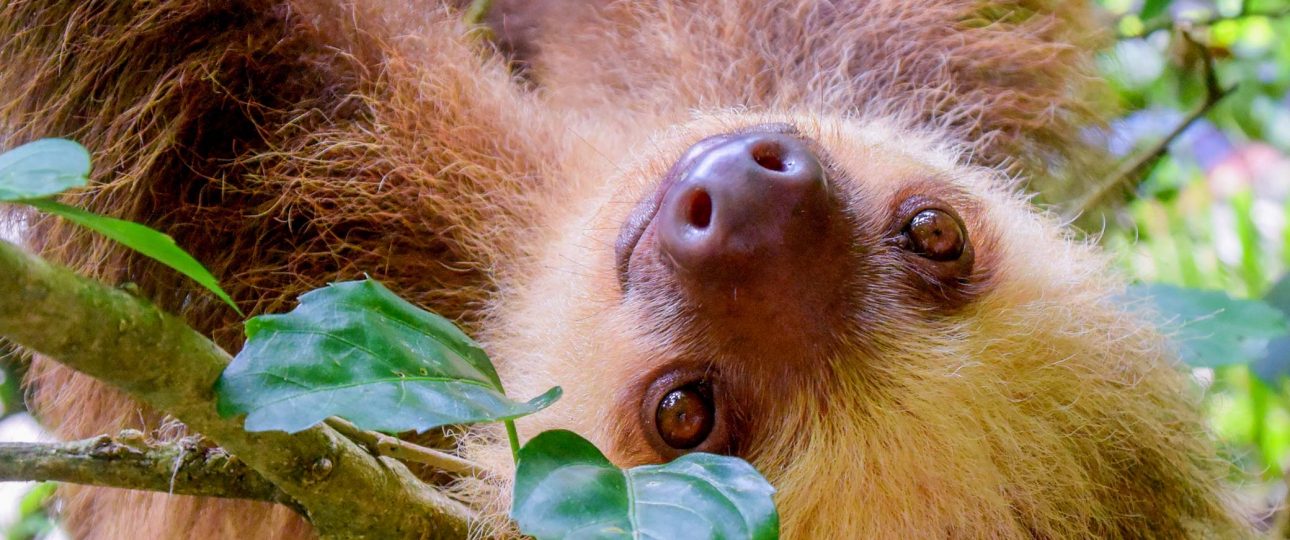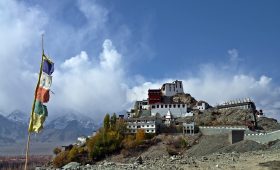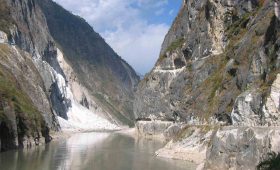Exploring La Amistad International Park
Straddling the border between Costa Rica and Panama, La Amistad International Park is a vast expanse of tropical forest that offers a unique blend of natural beauty and cultural heritage. As the largest nature reserve in Central America, it covers 401,000 hectares and is a UNESCO World Heritage Site. This park is a haven for biodiversity, making it a must-visit for nature enthusiasts.
Natural Wonders
The park’s diverse ecosystems range from lowland tropical rainforests to montane cloud forests and alpine páramo. This variety supports a rich array of flora and fauna. Look for towering oak and magnolia trees, bromeliads, and orchids. Wildlife enthusiasts might spot jaguars, Baird’s tapirs, and the resplendent quetzal among the more than 500 bird species recorded here. The park’s remote and rugged terrain means it’s relatively unexplored, offering a sense of true adventure.
Adventure Activities
For those seeking adventure, the park offers numerous trails and activities. Hiking is the primary way to explore, with trails like Sendero El Retoño in Panama and Sendero Gigantes del Bosque in Costa Rica. Some areas require certified guides or permits, so plan accordingly. The park’s challenging terrain is best navigated with a guide, especially during the rainy season when trails can become difficult.
Cultural Experiences
La Amistad is not just about natural beauty; it also offers rich cultural experiences. Engage with local indigenous communities, such as the Bribri or Cabécar, to learn about their traditions and way of life. Guided tours can provide access to archaeological and cultural sites, including indigenous petroglyphs and traditional dances. These experiences offer a deeper understanding of the region’s cultural heritage.
Best Time to Visit
The best time to visit is during the dry season, from December to April, when the weather is more predictable. However, if you prefer fewer crowds, consider visiting during the shoulder seasons of May to June or September to October. Be prepared for varying climates, from hot and humid lowlands to cool, misty mountains. Rain gear and sturdy hiking boots are essential year-round.
Getting There
Accessing the park from Panama involves flying into David via Enrique Malek Airport, followed by land transport to Cerro Punta or Las Nubes. Alternatively, you can take a bus from Panama City to David. From Costa Rica, flights from San José to Golfito or San Isidro de El General are available, with road travel to nearby communities. Note that some areas require 4×4 vehicles, especially during the rainy season.
Local Transportation
Once at the park, transportation options are limited. Hiring a local guide is highly recommended for navigating the trails and gaining valuable insights. Alternatively, renting a 4×4 vehicle can provide flexibility, but be prepared for some hiking, as not all trails are accessible by car. Horse or mule transport is also common in more remote areas.




